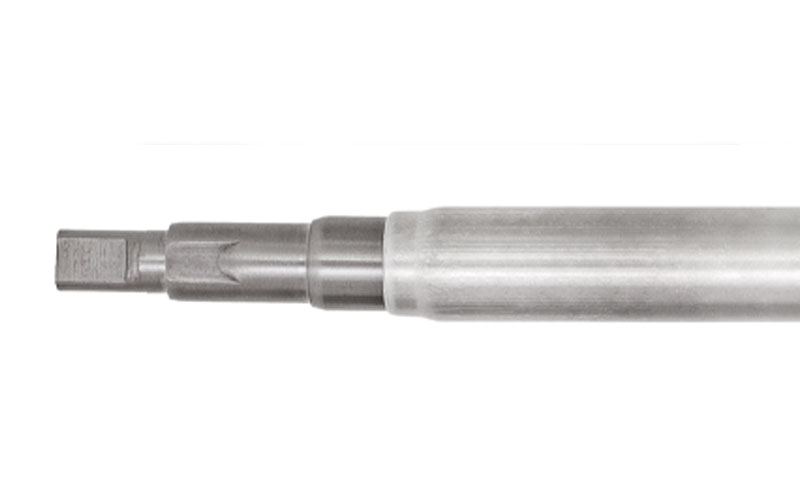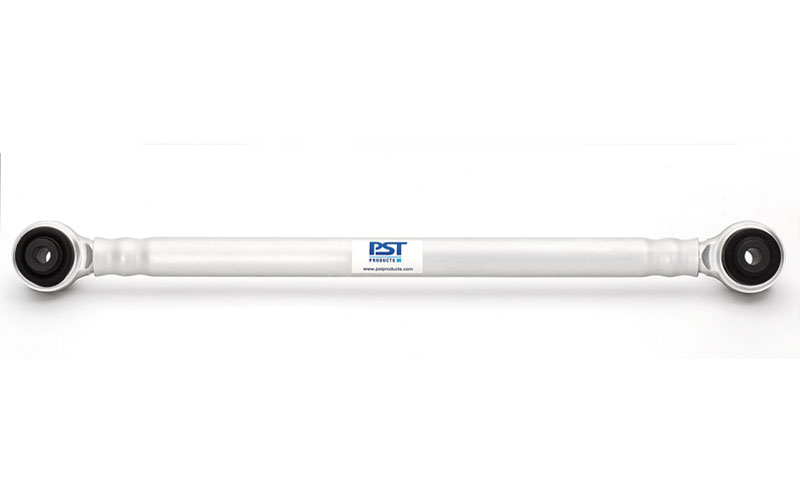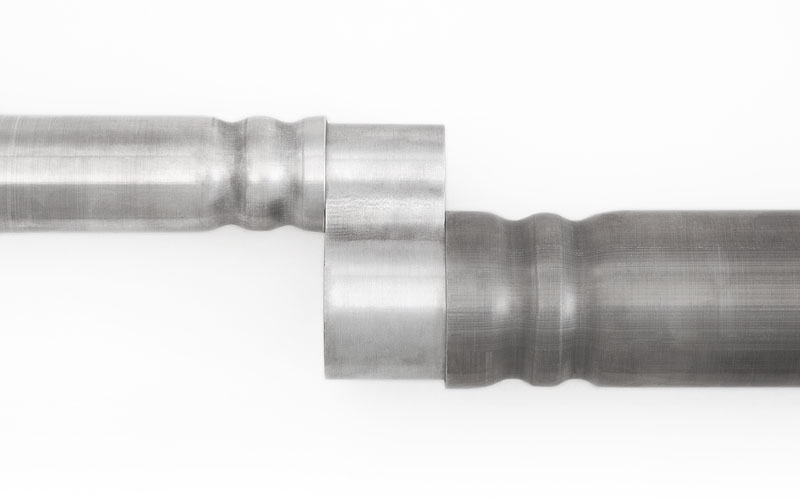
Nodes: Al and Mg die-cast
Car weight: 450 kg

EMPT technology has been used for over 10 years in mass production in the automotive industry. While this was initially limited to units such as vessels, drive shafts, connectors, filters or injection nozzles etc., today's applications go far beyond this. EMPT technology is now used to manufacture body-in-white applications such as crash management systems, frame structures, safety-relevant pressure vessels and all types of functional units.
These application groups are described in more detail below.
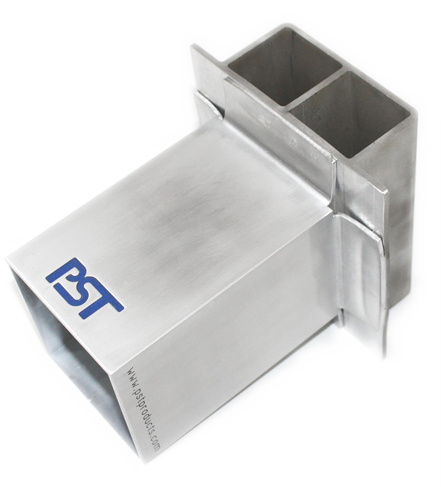

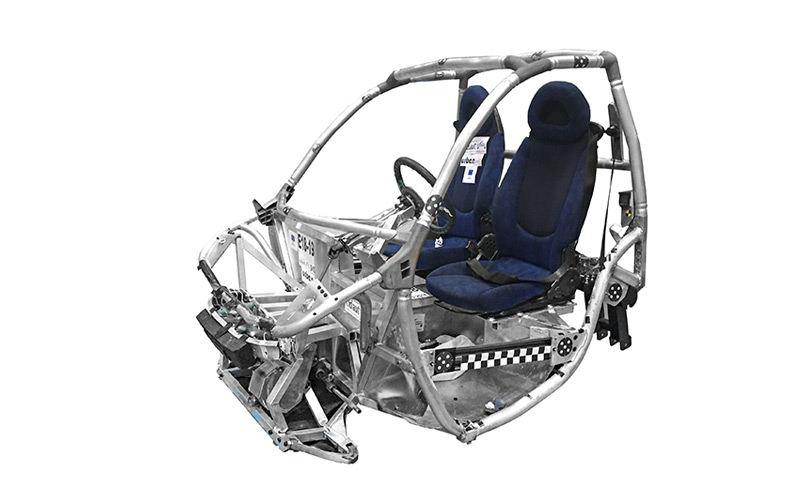
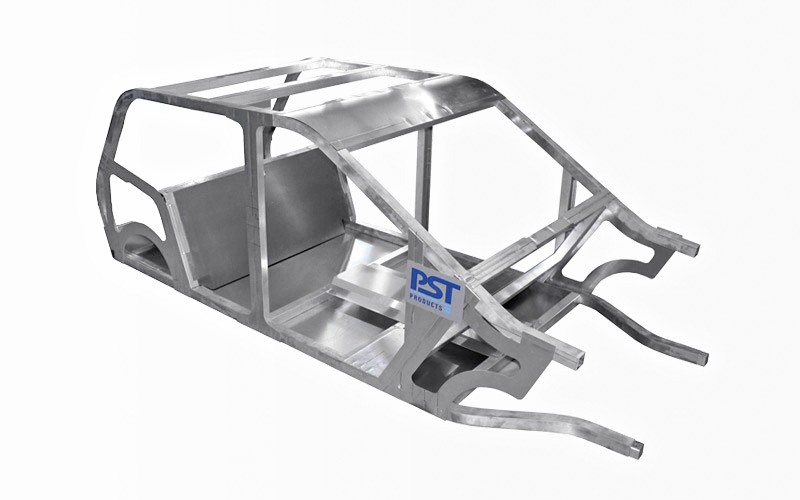
Pressure vessels made of aluminium are increasingly being used in the vehicle construction for lightweight construction reasons. This often requires high-strength aluminium alloys, which experience a significant reduction in strength during the joining through fusion welding processes in the weld seam area. This effect is usually compensated by an increase in the tube and cover wall thickness. This, however, makes the original idea of lightweight construction absurd.
The Electromagnetic Pulse Technology (EMPT), on the other hand, can realize atomic bonded, helium-tight connections without the application of any heat. Strength losses due to the joining process do not need to be compensated by increasing the wall thickness.
In addition, the EMPT process is characterized by short cycle times and a high process reliability. The result: high output and zero defects!
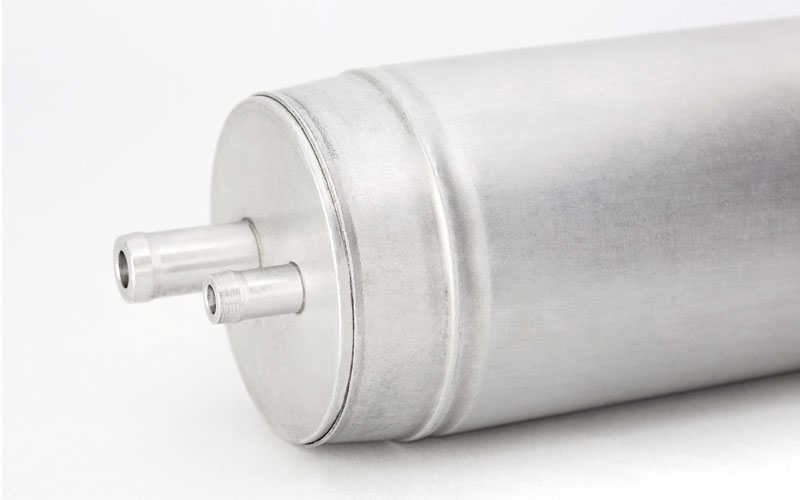
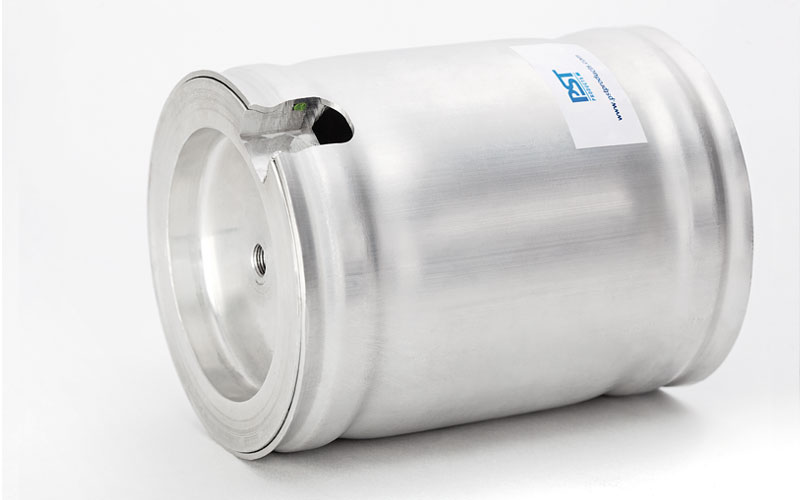
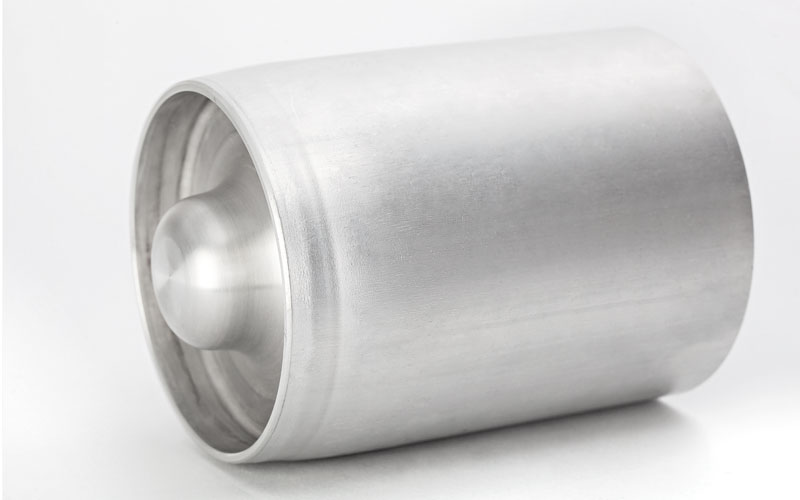
Modern lightweight construction often requires the use of aluminium alloys. High-strength aluminium alloys of the 6000 series in particular lose a large part of their strength during thermal joining. The EMPT, on the other hand, does not introduce any thermal energy into the joining and welding components.
EMPT joints are often used in chassis structures, instrument panel carriers, etc. EMPT joints on complete frame structures such as automotive and non-automotive space frames are also common and underline the innovation level of the EMPT.
